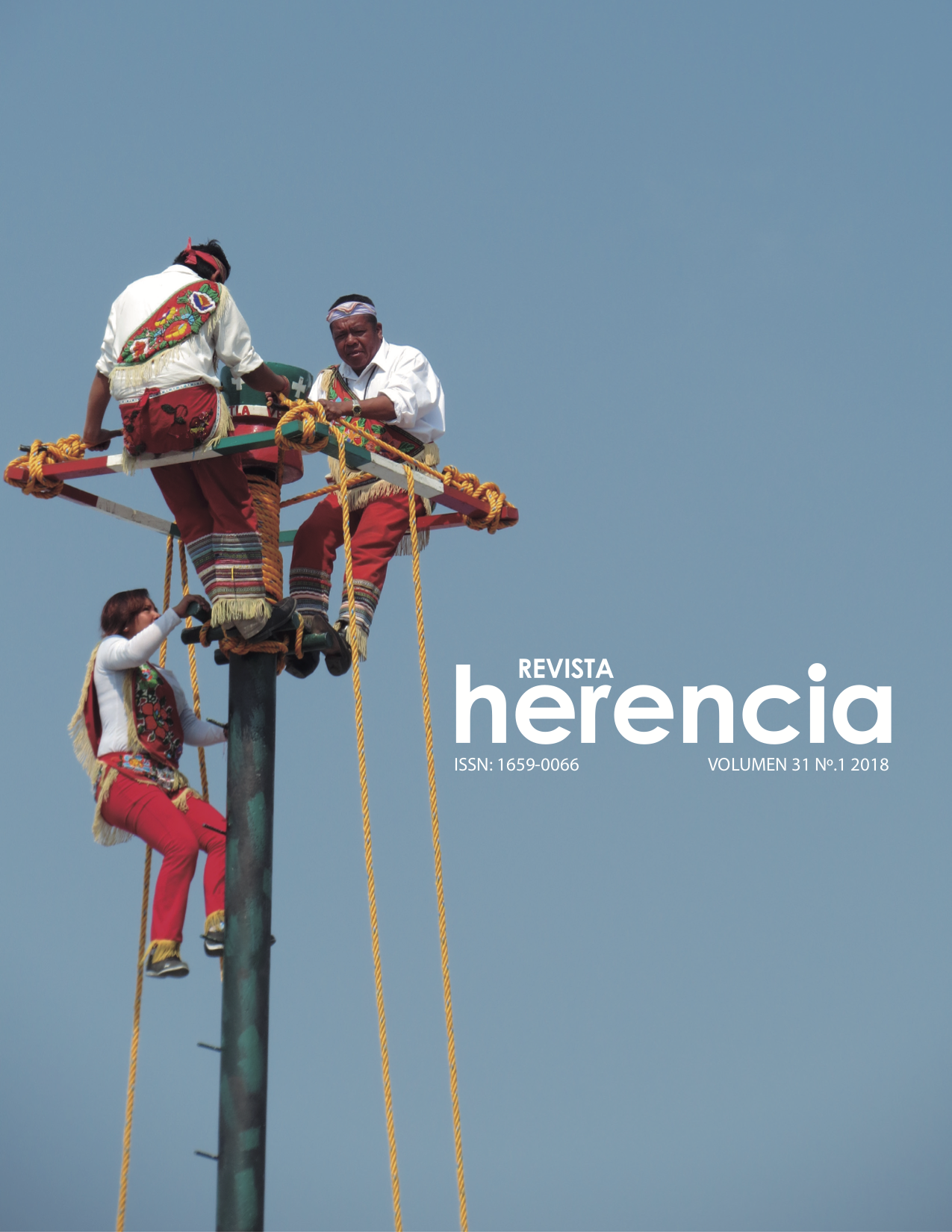Abstract
Historically, the planting of giant or foreign "poró" (Erythrina poeppigiana) as a shade tree in coffee plantations, has been a common and very important agronomic practice in Costa Rica. Even though it is well known that it is a South American tree, there is not a specific document that describes its exact geographic origin, as well as why, when and how it was introduced to Costa Rica. Therefore, based upon a number of quite scattered sources, in this paper we try to answer such questions, while describing the ways in which this species became widespread and even displaced previously dominant leguminous trees, like "guabas" and "cuajiniquiles" (Inga spp.), depending on different coffee-growing regions in the country. In addition, persons and institutions that made this process possible are identified and acknowledged.

